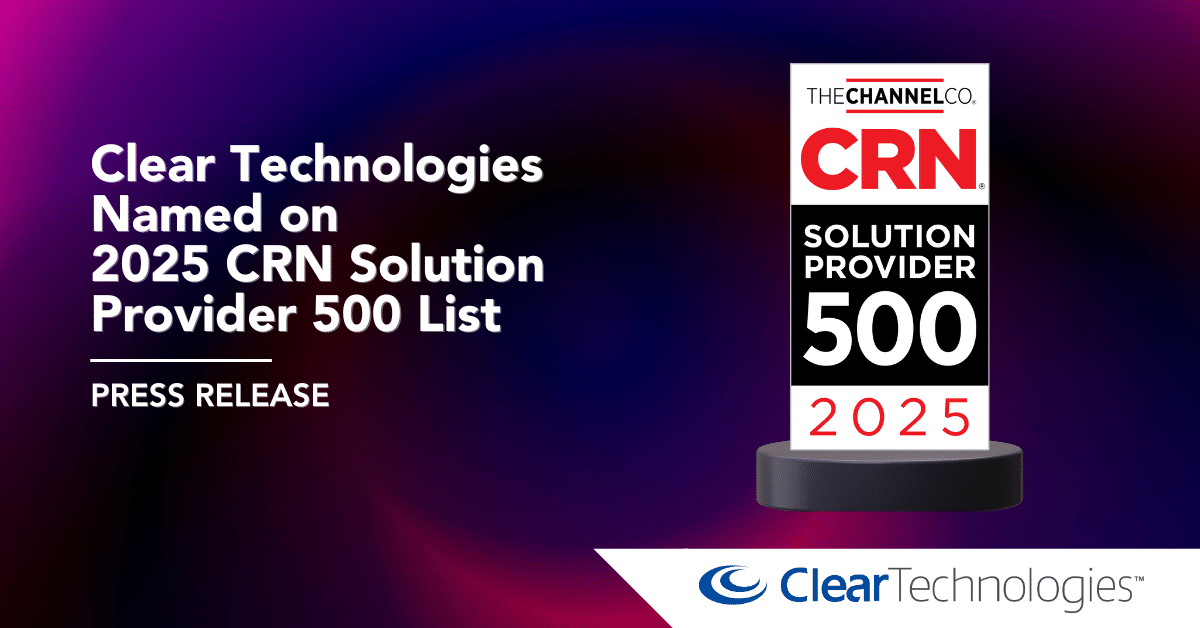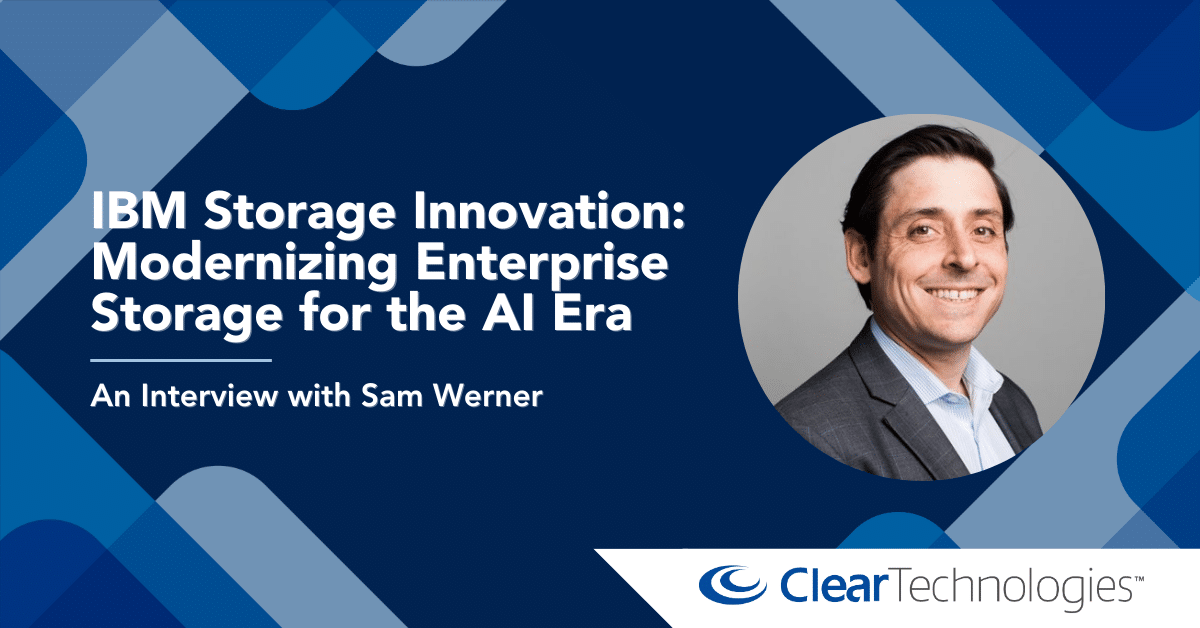Share this:
The SAP HANA journey is made up of an assortment of parts. It’s like breaking out the instructions and trying to put a toy together for Christmas.
You have a choice of SAP and third-party tools to help you understand your options. Assembling the details and distilling facts is something that the business and IT must perform together. SAP tools are an integral component of the journey, whether before getting started or during implementation and runtime.
You need the data to tell you which approach to implementation to take: Greenfield, Brownfield, or Bluefield. Are you going for a new implementation, conversion, or hybrid approach? You also have options of where to host: on-premises, public cloud, private cloud, or hybrid.
A Technical Assessment produces data that drives the implementation while deriving the value of SAP HANA. Details are extracted from your system and compared to S/4HANA version. The Technical Assessment Report is a high-level assessment with indications that highlight the business impact of SAP HANA implementation.
What Are Assessments?
It’s important to realize that every time SAP releases a new version, it changes these reports and changes your migration. The business case is made up by leveraging the details in the Business Scenario Recommendations Report (BSR), Technical Assessment, and Infrastructure Design, as well as Change Impact from business leaders.
Involve the right people early on. The functional side is the business, and the technical side needs to reach out to business.
Understand what you have and what needs to be customized through T-code changes. How does remediation of the code affect testing cycles? What is the business process impact and the level of effort for testing and code?
What is the usage frequency, history, and impact? Usage history helps to uncover the value of the customization. A value assessment may uncover that a transaction isn’t necessary for customization. Assessments remove fear and uncertainty.
Preparation is the key. Everything is for naught without preparation.
Preconceived Notion
Clients say SAP HANA is not feature-complete. However, when you talk to them about it, they have an older BSR that is not relevant, since the solution has matured over time. The business impact needs to be examined annually or release-by-release. When you run the BSR, tell the accounting executive that you are not ready to move to SAP HANA for a year or so.
Available Tools and Technologies
Details for a Technical Assessment are extracted from your system, so today, if you’re running a collector that is only maintaining data over 60 to 90 days, it would be prudent to open the collector parameters to grab one-year worth of info and store for a length of time.
This info is very valuable. All third-party tools depend on this information that includes code, configuration, role authority, master data changes, and landscape inconsistencies.
For Technical and Business Process Analysis, there are third-party tools, including Panaya, Solution Manager, Gekkobrain, and LiveCompare. You can perform assessments, such as business change transaction, impact analysis of change usage, and BP Impact analysis, with any of these tools.
Every tool requires distillation of information on changes and impact. To do this, you can put the report into Excel and cut it into graphs. Distillation involves grouping T-code according to business process area.
Development: LiveCompare and Gekkobrain compete with each other for quickness of process.
Testing: Panaya, Gekkobrain, and LiveCompare are at the top for test planning and automation. Solution Manager is a free solution that works well across these but requires more distillation.
Production: LiveCompare gives the best assessment for release validation and consideration of change in maturity level.
Telling a Visual Story
Telling a visual story benefits all stakeholders and helps with credibility. Graphs can show the percentage of system usage and custom code history. Using graphs, you can evaluate information and see where impacts are going to be felt. This information is about 98% accurate, which is good out of thousands of transactions. When imported into production, you can see maturation and change.
How much custom activity do you have vs. standard activity in SAP? Customers believe they are so custom that they will never get to S/4HANA. They may have custom transitions but never use most of them. You can see how many customizations are impacted and analyze the impact for the chosen approach to deployment.
Code impact Based on S/4HANA Selected Target
Companies say that they have too much custom code. Clear Technologies provides a high-level description of Code Impact. Our primary tool is capable of delivering the line-by-line changes necessary. Our secondary tool is capable of auto-remediation of most of the identified code. A customer may choose a version based on the impact and the level of functionality that can be achieved.
SAP Standard provided tools are SPDD and SPAU that identify cases that will require manual intervention and examination. SPDD is a data dictionary tool and SPAU is for programs and function modules. These are the best tools for this analysis.
Customers should recognize how much effort it is to manually determine, fix, and embrace necessary changes. The sooner you can address this and understand the modification workbench, the better off you will be.
Testing
Testing is the long pole in the tent because everybody hates testing. Testing will uncover everything they did wrong, and people will fight over who is responsible.
Testing covers code changes, configuration changes, role and authorization changes, and master data changes. Screen changes are covered by SPAU. It may not remember custom fields and won’t know what to do with them.
There may be inconsistencies across the landscape. Files that are kept on the transports include libraries that may get scrambled. Tools will help to identify these inconsistencies, as well as poorly defined and documented requirements. Training documents should be current so you can use them to check.
Many companies have too many cooks in the kitchen. They keep hiring groups, but no one hands off the information.
Where will you find defects in SAP? They may be everywhere, but you can use the tool to expose these things ahead of time.
SAP Release Considerations
SAP S/4 has a 4-year support cycle. 1511 was released in 2015 and runs out of support soon, so those customers are looking for an upgrade.
The upgrade to S/4HANA is nothing like the upgrade for ECC. There is no downtime, just a lot of reading and following instructions. There is a dual support package. Feature packets are functional changes. You don’t need to upgrade to every feature pack.
The upgrade manager gives detailed input so you can determine whether to apply a certain function set. Tools will help you get through the upgrade process.
Workshop Objectives
Workshops help you blend technology and methodology to achieve world-class efficiencies. You should know the cost reductions before implementation.
Impact Analysis: Know the details of change. Reduction of test scope, based on technical changes, saves significant resources. Enable faster changes from business requirements by understanding the impact of what must be tested.
Test Scope and Analysis: Achieve efficient testing based on the impact of changes. Develop test coverage based on changes.
Know where the custom code can be retired and made more efficient. Identify areas for code efficiency and where code can be removed. Understand what you don’t know.
See the impact to the business process. A global template is consistently implemented across regions. The dev team and business team know the impact of change.
Governance: Reach clarity of role conflicts. Quickly see the impact of SAP role changes. Ensure everyone is cooperative in their roles.
Putting It All Together
The Technical Assessment is a critical component of your business case. You end up with a business case when you combine technical and functional assessments. Understanding the technical details is necessary to complete planning the move to S/4HANA.
Third-party tools can facilitate the move. They have different strengths, so consider those when choosing one. There is also a cost involved. SAP listened to these concerns and provided their own tools.
Assessments and planning are ongoing events and should be visited upon new SAP releases to ascertain the impacts of product improvements to S/4HANA.
Clear Tech wants to be your partner. We do this by offering workshops and assessments, including those covering SAP HANA Readiness, preparing BSRs, Technical Assessments, deployment options, and infrastructure optimization. Workshops can go more in depth with 1-to-2-day engagements. We encourage you to bring the stakeholders in. We’re an infrastructure practice, so we are not trying to compete with current SIS or SAP consultants.
Work with us to prepare for your S/4HANA implementation. Request a Readiness Assessment with Clear Tech.



